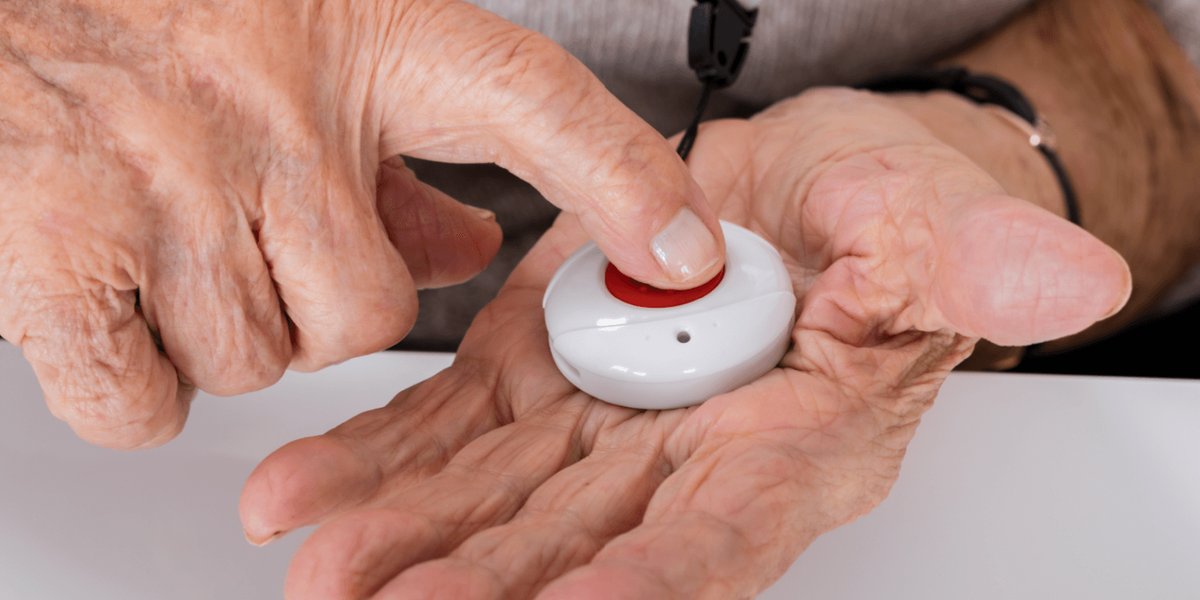A gastroscopy is a significant medical examination that allows physicians to view inside your upper digestive system. It can detect a number of diseases that might otherwise be missed. The relatively fast and effective test consists of passing a thin, flexible tube with a very small camera (a gastroscope) into your food pipe (esophagus), stomach, and the starting portion of your small intestine (duodenum).
Common Conditions Found through Gastroscopy
Ulcers
Gastroscopy can reveal ulcers, which are open sores along the lining of your digestive system. The sore areas can happen in your:
- Stomach (gastric ulcers)
- Duodenum (duodenal ulcers)
- Esophagus (esophageal ulcers)
The test helps doctors determine the size, site, and intensity of ulcers, which dictates the treatment.
Inflammation and Irritation
One of the most frequent gastroscopy results is inflammation. Your scope can detect red, inflamed tissue in your esophagus, stomach, or duodenum. Inflammation can be caused by:
- acid reflux
- Reaction to certain medications
- Food allergy or intolerance
Celiac Disease
During a gastroscopy, your doctor can take biopsies of small pieces of tissue from your small intestine to check for celiac disease. Celiac disease makes your body’s immune system react to gluten by damaging the lining of the intestine.
Hiatal Hernia
A hiatal hernia can be diagnosed using a gastroscopy, when your stomach protrudes up through the muscle of your diaphragm into your chest. It is a normal condition that can cause symptoms and discomfort of acid reflux.
Growths and Tumors
A gastroscopy can diagnose numerous types of growths in your digestive system, including:
- Polyps (small, usually harmless growths)
- Benign (non-cancerous) tumors
- Early or advanced cancerous tumors
Early gastroscopy detection of such tumors could lead to improved therapy.
Barrett’s Esophagus
It occurs when your esophageal lining is altered and becomes like intestine tissue. Gastroscopy can detect the alterations, which sometimes take place as a consequence of long-term acid reflux and might be under higher risk for developing cancer within the esophagus.
Bleeding Sources
If you’ve experienced bleeding without knowing the cause in your stool or vomit, gastroscopy can find the source of bleeding, such as:
- Bleeding ulcers
- Lacerations within the lining of the digestive tract
- Dilated veins (varices)
- Tumors that have started to bleed
Blockage or Narrowing
Gastroscopy can find where your digestive tract has narrowed (strictures) or is blocked. Narrowings can be difficult to swallow and are caused by:
- Scar tissue from past inflammation
- Tumors or masses
- Unusual tissue growth
Infections
There are all sorts of infections that could be bothering your upper digestive system, and gastroscopy could help identify them. Helicobacter pylori (H. pylori) is one such case – it is a type of bacterium that can lead to ulcers and inflammation.
More Than Just Diagosis: Treatment Through Gastroscopy
A gastroscopy is not only for diagnosis – treatment can even be delivered at the same time. Your doctor may:
- Shave off small polyps
- Open up tightened areas
- Seal bleeding points
- Take a tissue sample to send for additional tests
With the simultaneous detecting and treating, a gastroscopy is an integral method of intestinal health. This precious treatment not only helps doctors find out what is behind your symptoms, but also allows them to act resolutely when possible, offering a precious part of intestinal healthcare.





